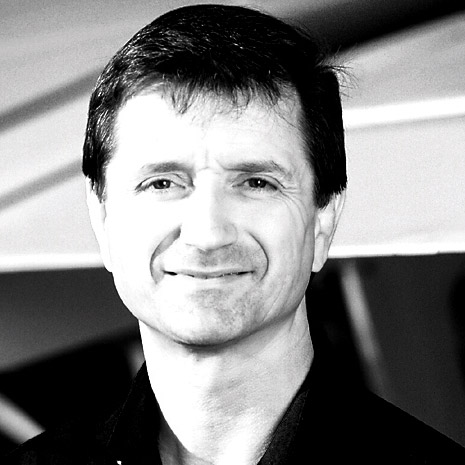Dear Rod:
I recently failed the forward slip portion of my private pilot checkride in a Cessna 172 (I didn’t land within the required distance). My designated pilot examiner (DPE) was being evaluated by an FAA inspector who rode along in the backseat. This was the newly designated DPE’s first ride, and he asked me if the FAA inspector could ride along and evaluate him in the process. He said he would waive the examination fee if I agreed. Was this a wise move on my part?
Anonymous
Dear Anonymous:
I’m so very sorry to hear that you failed your checkride, but maybe your experience can help others.
Ask yourself the following question: How would having an FAA inspector in the backseat increase (and not decrease) your chances of passing your private pilot checkride? Common sense and an understanding of human nature suggest that this would not affect your personal performance in a positive way. Furthermore, did you consider how the extra weight of an inspector would affect the airplane’s performance (especially if he loved Krispy Kreme doughnuts)? My guess is that you didn’t run through all the required maneuvers with someone of comparable weight in the rear seat, right? These are the questions your flight instructor should have asked you before you took your checkride. If I ever hear a convincing response to my first question, I’ll stop navigating as the crow flies and just eat the crow.
Some instructors and DPEs argue that a private pilot applicant should be capable of handling the stress of having an FAA inspector in the rear seat. Perhaps that’s true, but it’s also irrelevant. Why is it that on one of the most important days of your life, you should be purposely subjected to a potentially more stressful situation that’s beyond what most private pilot applicants experience on their checkrides? And why should you experience this for the DPE’s benefit, not yours?
What makes you think that the DPE wouldn’t be negatively affected by having an FAA inspector in back evaluating his job performance? Without question, most DPEs are highly professional, but they’re also human. That’s why I’m not inclined to think that DPEs would be more likely to give you the benefit of the doubt (should “doubt” arise about your performance in some area) while their own job performance was being assessed by the FAA.
A common counter response to this argument is that the DPE wouldn’t be able to be examined by the FAA if an applicant didn’t allow the FAA ride-along. Well, that’s not your problem. It’s also not true. There will always be someone willing to let the FAA ride along in the backseat, especially when the designated examiner waives the checkride fee (which is now $700 at John Wayne Airport Orange County—no, I’m not kidding).
For any private pilot applicant who might be reading this, keep in mind that you have a say in the matter. Agree to the FAA ride-along if you feel that it won’t negatively affect your ability to pass the checkride. If you believe that it will, then politely and respectfully decline the offer. I can’t imagine that any DPE or FAA inspector would disagree that you have the right to make the best choice for yourself.
Dear Rod:
My student has 25 hours, and he’s unable to flare for landing. Sometimes he flares high, and at other times, he slams the airplane into the ground. Any suggestions? (I’ve tried everything.)
T.K.
Dear T.K.:
You haven’t given me much to go on here, so let’s examine the most common reason for this problem. Students often have this difficulty with the landing flare because they are looking directly over the nose of the airplane when landing. When they raise the nose to flare the airplane, the rising cowling blocks their view of the runway. In this sense, a large planetary body is moving directly toward them and they can’t see it. How scary is that? That could make anyone nervous enough to slam an airplane onto the runway.
This is why students should shift their vision a little to the left of the engine cowling during the landing flare. That’s right—have them point their heads at a spot 50 to 80 feet ahead and a little to the left of the airplane’s nose. Not only will your students see the runway, they’ll also see the horizon. Everything they need to judge their height above the runway can be found ahead and to the left of the engine cowling.



